Do you remember the old fashioned museums with stuffy, dark halls where patrons had to keep quiet? Luckily, most of them have disappeared. They have either been renovated or just closed down. Today’s museums are much more family-friendly. Filled with interactive displays, they appeal to all visitors, including those with disabilities. In fact, many institutions now hold special events for families with autism.
So, for parents planning their next museum adventure, here are the top U.S. museums to explore with autism:
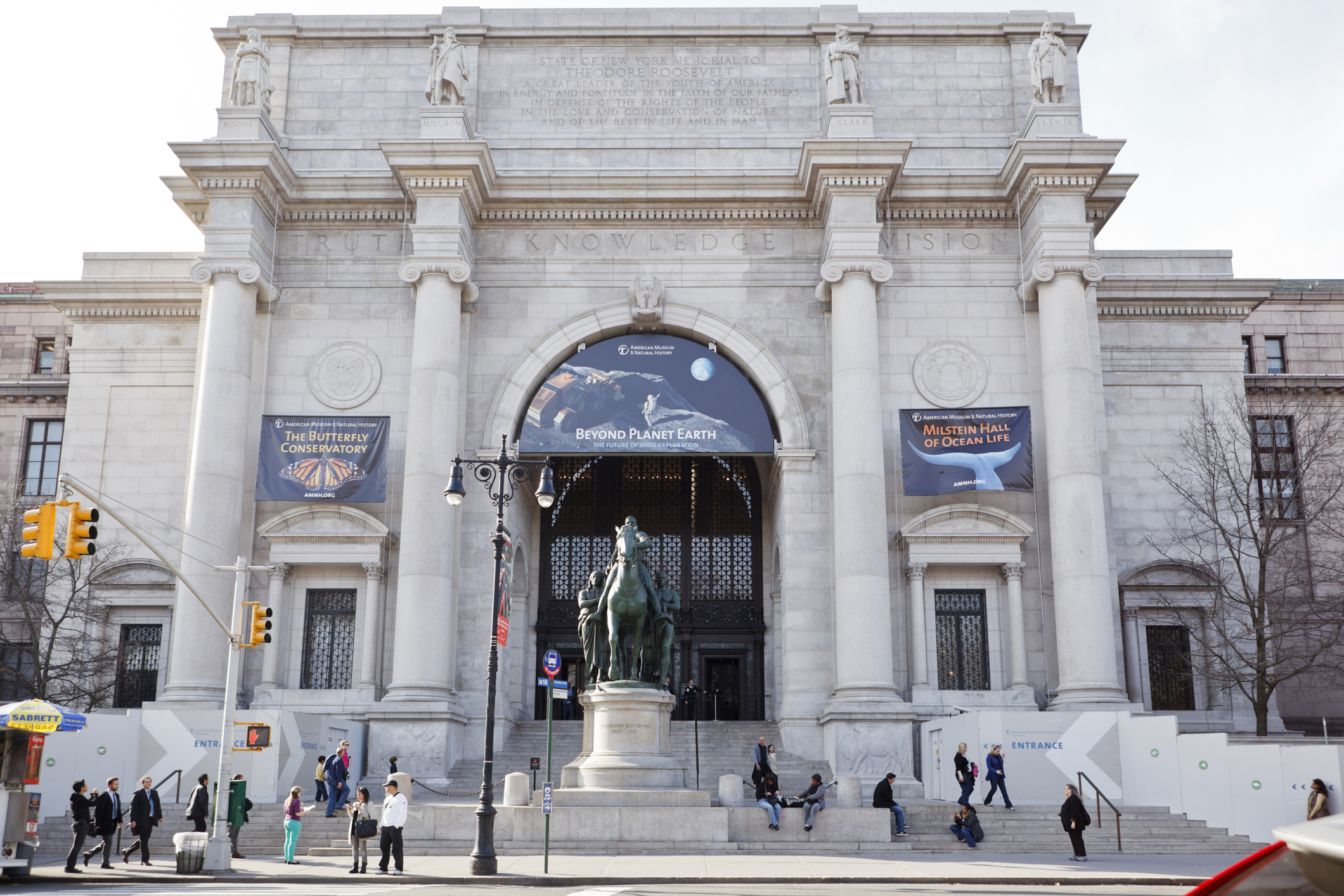
American Museum of Natural History – New York
Butterflies, humpback whales and mummies are just a few of the exhibits the American Museum of Natural History offers. The iconic museum is filled with life sized dioramas and rare artifacts. Whether you are a newbie or return guest, taking the museum free self-guided tour is a fun way to spend an afternoon.
Autism Travel Tips:
Parents to kids with autism should call ahead and ask about the museum’s Discovery Squad. program. On select Saturday mornings, the Discovery Squad gives visitors a specialized tour 40-minutes before official opening hours.

California Science Center – Los Angeles
Los Angeles may be known for its theme parks, but visiting the California Science Center should be on every family’s list. Apart from the full IMAX Theater, the museum provides visitors with an unprecedented view of the space shuttle Endeavour. Moreover, the site also hosts temporary exhibits like Pixar animation and the Body Works.
Autism Travel Tips:
Kids that experience a sensory overload can relax in the Rose Garden for an ice cream break.
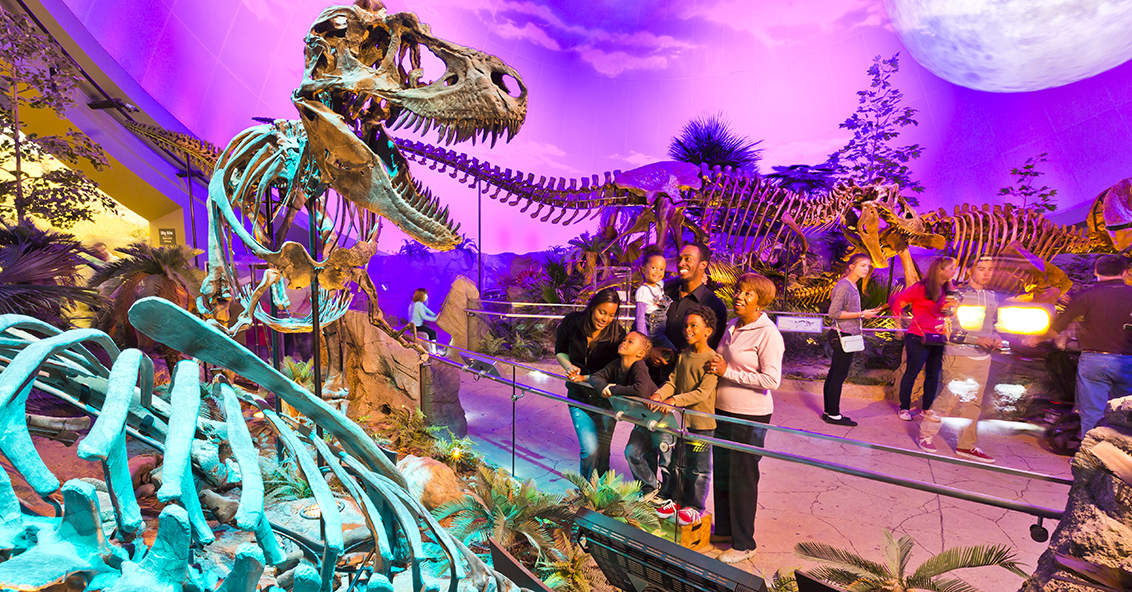
Children’s Museum of Indianapolis –Indianapolis
Located in Indianapolis, this museum features some unique exhibits. The best part is that many provide hands-on interactive learning experiences for children of all ages. In fact, this museum is one of the best when it comes to sensory-based displays. From the interactive chocolate slide to deciphering hieroglyphics, kids are continuously engaged.
Autism Travel Tips:
The Children’s Museum of Indianapolis prides itself on being autism-friendly. It provides free companion therapist tickets, ear protection and fidget toys.
Parents to kids with sensory issues should check the museum website before their visit. The site has a downloadable sensory map as well as social stories. The theater on the premises even lets families with autism skip the lines.
 Museum of Science Boston
Museum of Science Boston
Travelers to Boston Massachusetts should put The Museum of Science on their bucket list. The Planetarium is a huge crowdpleaser so makes sure to book the show tickets in advance. Older kids can learn conservation tips at the Conserve @Home exhibit, while younger kids watch butterflies in the butterfly garden.
Autism Travel Tips:
According to the museum website, the best times to visit with kids on the spectrum are weekdays after 2 pm and weekend days between 9 to 11am. The museum provides a special needs coordinator to assist with planning visits and additional accommodations.
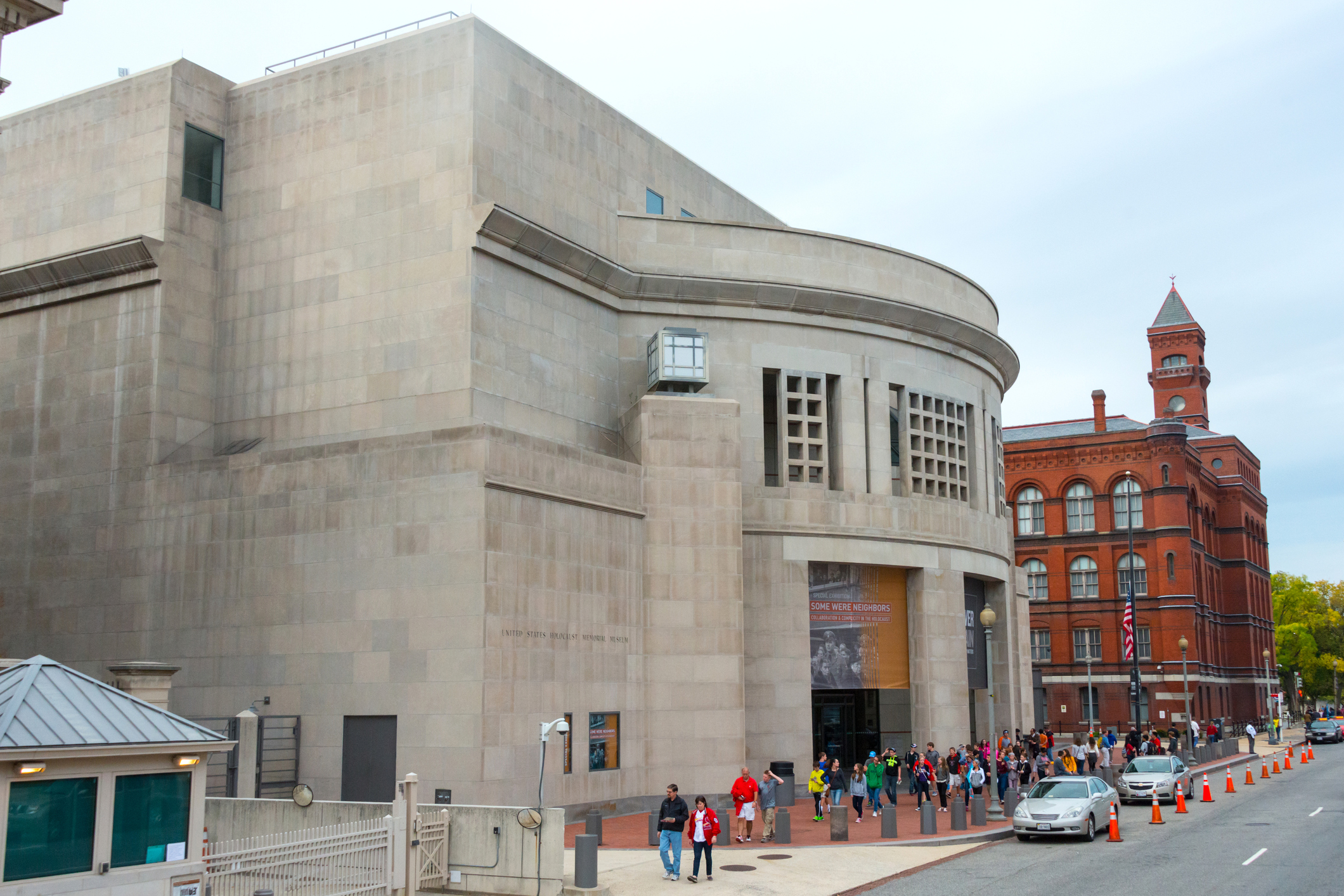
Holocaust Museum – Washington D.C.
For many parents, talking about the Holocaust with their kids is problematic. However, since as part of world history, it should be addressed, particularly with older children. For families who want a brief visit the Remember the Children: Daniel’s Story is recommended. The exhibit created with the help of child psychiatrists is not frightening in any way. In fact, the thought provoking display is helpful to teach kids about tolerance and democracy.
Autism Travel Tips:
Even though the entrance to the museum is free, patrons need to book tickets in advance. The museum does have a security line that visitors need to go through. The best times to visit the 45-minute exhibit are after 3 pm after the school trip participants leave.
The National Air and Space Museum – Washington D.C.
The National Air and Science Museum is a great place for kids obsessed with physics, math and astronomy. The museum has a vast collection of flight and space-related artifacts. Visitors will marvel at the WWII aircraft hanging down from ceilings as well the Skylab 4 Command Module. Have a kid that loves to touch the displays? The “How Things Fly” is the place to go. In fact, kids get to push, pull, press, lift, twist, spin and bend artifacts while learning about gravity, flying and rocket propulsion.
Autism Travel Tips:
The museum offers a “Morning at the Museum” program for families to explore the facility during the quiet morning hours. Also, to help parents navigate the museum better, there is a sensory tip list on the website.
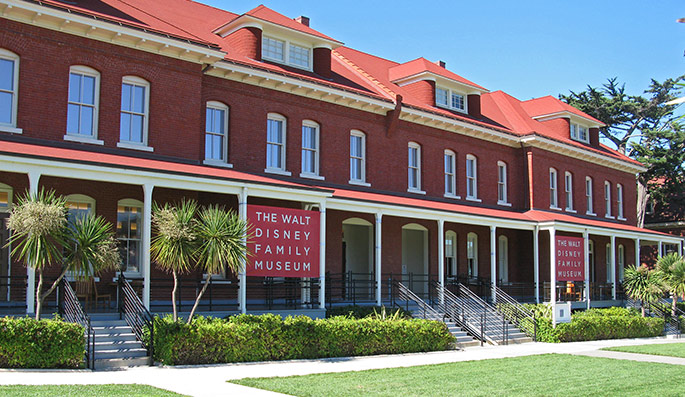
Walt Disney Family Museum – San Francisco
The Disney Museum is a must-see for any Disney or animation fan. The museum has photo galleries and exhibitions spread over several floors. The facility, owned by the family, aims to show visitors what the original Disney characters looked like and how they have evolved over the years.
Autism Travel Tips:
Since many kids on the autism spectrum are die-hard Disney fans, this is a good option for some families visiting San Francisco. With that said, this museum is less interactive and focuses more on the history of Disney it will mostly interest older kids and adults.
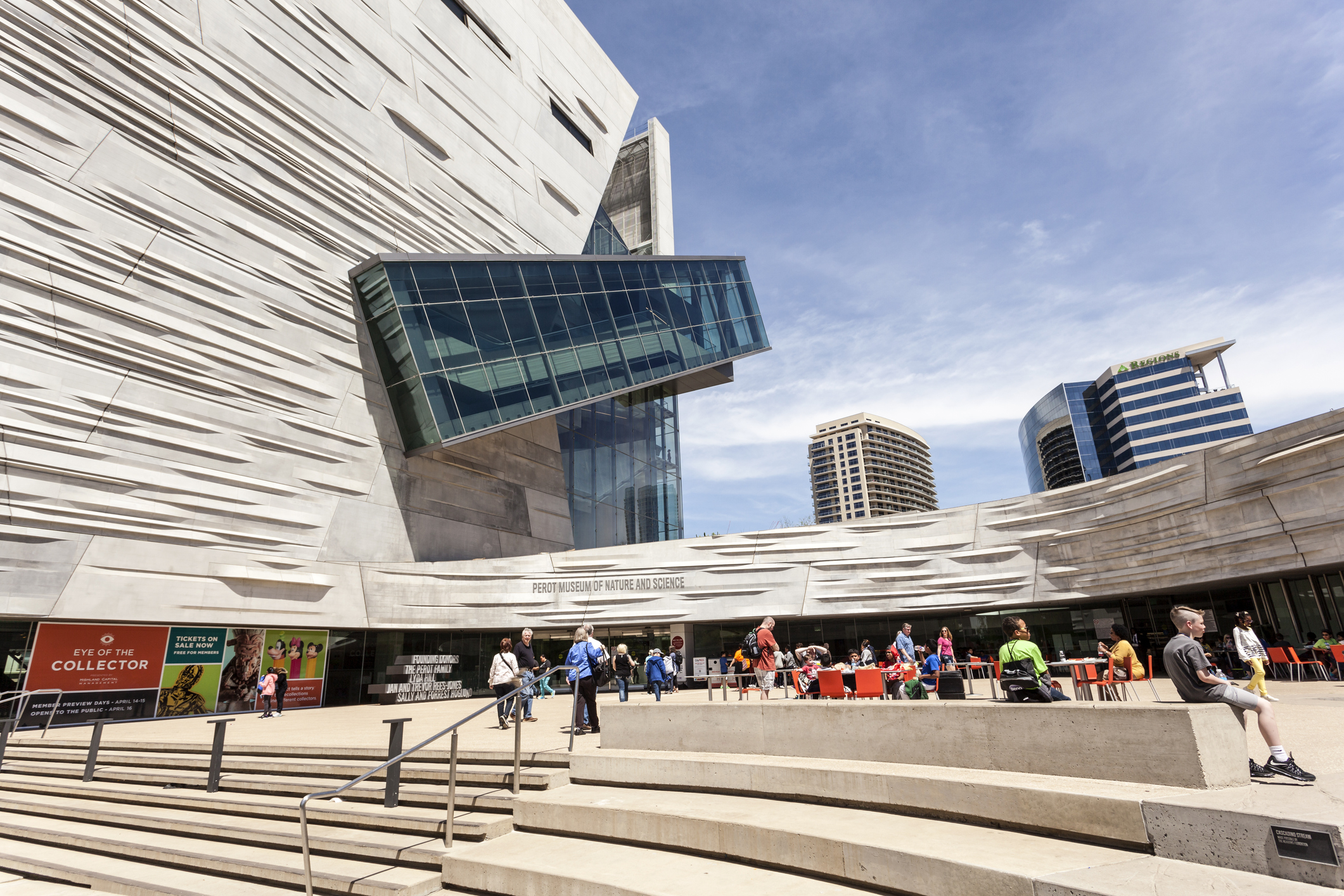
Perot Museum of Nature and Science – Dallas
Opened back in 2012, The Perot Museum is one of the newer museums in the U.S. The impressive building, state of the art escalators and outdoor spaces introduce visitors to concepts of innovative engineering and conservation. Furthermore, the 3D animation and multi-sensorial displays take technology to the next level. With its 11 halls, the museum provides teaching opportunities for kids of all ages.
Autism Travel Tips:
The best sensory exhibits to try are e earthquake simulator and the giant xylophones and chimes.
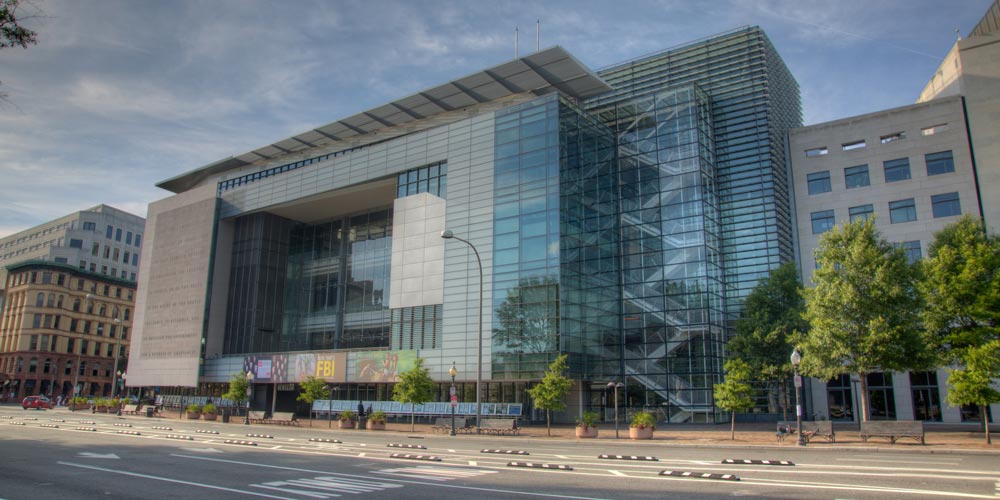
Newseum – Washington D.C.
The Newseum Museum is a fantastic place to teach children about journalism. The Washington D.C. museum features 15 theaters and 15 galleries. Filled with interactive exhibits the seven-level establishment encourages guests to see the world through the eyes of a journalist. Its most prominent gallery the Berlin Wall includes the largest collection of wall remnants outside of Germany.
Autism Travel Tips:
By far, the most autism friendly exhibit in the museum is the NBC News newsroom replica. It allows visitors to play the roles of reporters, anchors or editors. However, parents should prepare their kids there’s a possibility of waiting in line for popular exhibits.
Margalit Sturm Francus has lived in five different countries on three continents, where she exposed and educated her own children about the world. In 2009, she established a nonprofit website, Autistic Globetrotting, to inspire and encourage autistic families to explore the world. By communicating with both the autistic and travel communities, she aims to raise autism awareness and facilitate the implementation of much-needed accommodations for special needs travelers.

